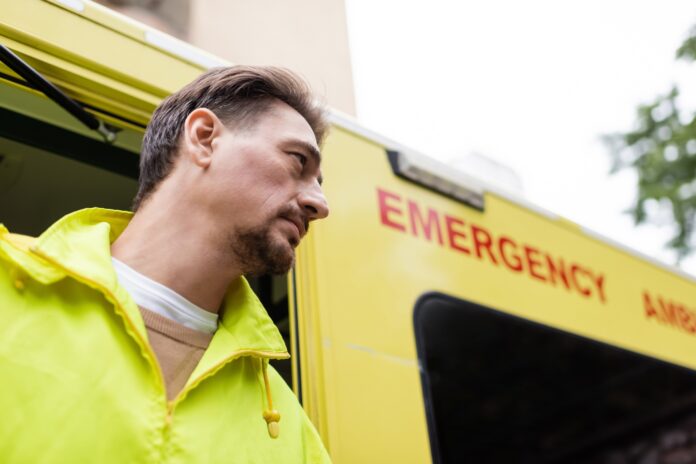Just like everything else in our world, 9-1-1 Emergency Services are rapidly moving from voice to data. Yesterday, it was a big job simply connecting every landline to the emergency network to report an emergency like fire, medical or police. Back then there were only telephone lines. Today, there is an explosion of new technology, new data networks and new ways we communicate like wireless.
The good news is the move from analog to data means today we have access to a much wider array of services. The bad news is this new world is also much more complex and expensive to manage, build and maintain.
iPhone satellite connectivity is example of new emergency services
Not only are things more complex than ever before, but this field is also rapidly expanding. As an example, consider the Apple iPhone satellite connectivity. It is a recent entry and has already saved lives. When there is no network or signal, the iPhone can still connect through satellites for emergency connectivity.
This is something I expect every competitor to eventually match meaning the entire area continues to get more complex.
Between the new FCC orders and new technology from the competition and wireless, emergency services have become an enormous challenge for both networks and equipment makers.
FCC active in process of updating Emergency Services
The FCC has been trying to actively manage this time of transformation. The orders they have issued are meant to focus every network, smartphone maker and more on solving this problem.
The Federal Communications Commission has ordered every service provider to be pro-active with regards to emergency services.
In fact, they want to be notified whenever there is a regional outage within their network area.
That means every carrier needs to obtain, validate and verify every emergency center on an ongoing basis.
This is a big job — confusing, complex and expensive for some carriers; impossible for others.
And with the explosion of new communications technology at hand, and more coming all the time, the challenge only increases as time goes by.
So, this transformation of emergency services is a challenge. And with every new challenge, a growth opportunity can be found.
Viiz Communications sees emergency services as growth opportunity
You see, the complexity and cost of following these FCC orders can be overwhelming for large and small networks and equipment makers.
So, as the cost and complexity only increase, some companies see this as a new growth opportunity.
Viiz Communications focuses in on building and maintaining a database to be used by other companies like carriers to meet their FCC mandated orders for emergency connectivity.
You see, while networks today push back against FCC orders, Viiz sees this as a growth opportunity.
We are still in the very early stages of this greater transformation of emergency services. The FCC and every player are actively trying their best to move us into the future.
AT&T, T-Mobile, Verizon, Apple, Android, Samsung and more
That means networks like AT&T, T-Mobile, Verizon and others. That also means smartphone makers like Apple, Google Android, Samsung and more. Smart watch makers like Apple, Samsung and more are also in this game. So are existing technology and new technology like satellite connectivity.
And this list continues to grow.
There are two challenges faced by every service provider with these FCC orders:
One; they must be able to provide emergency services on an increasing number of devices, technologies and services. They must do this flawlessly and quickly.
Two; these same companies are often overwhelmed attempting to meet these new growing requirements.
Remember, there has always been and will always be a need for emergency services on which we all depend.
That being said, thanks to changing technology it’s harder than ever to keep up. That’s why this work continues and will for years to come.

